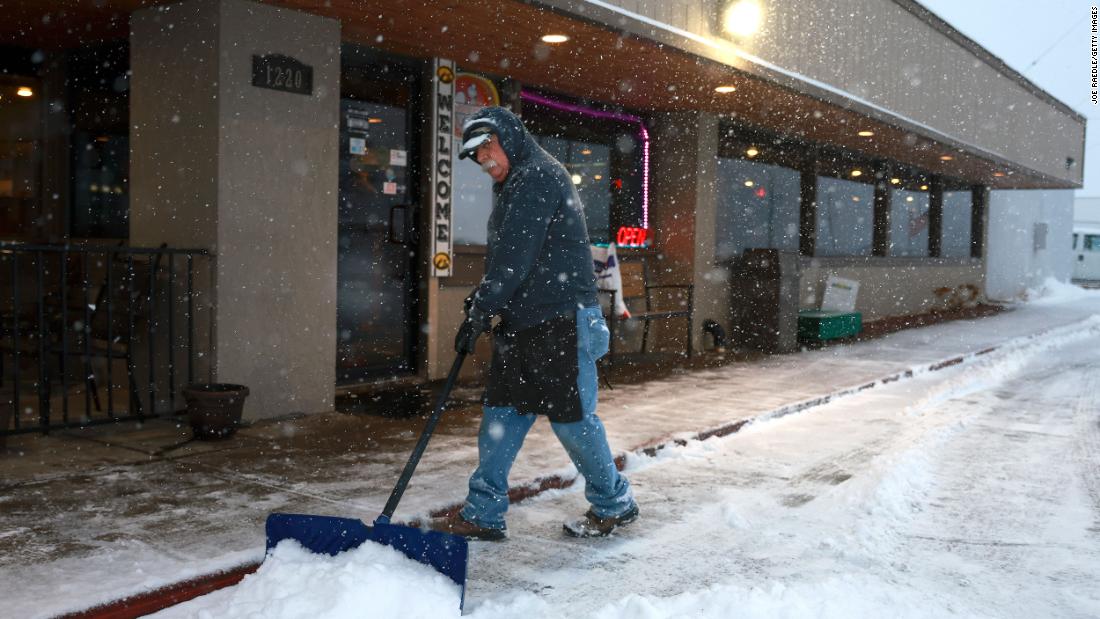The first recorded death from West Nile virus this year in Los Angeles County was confirmed Friday by the Los Angeles County Department of Public Health.
The individual, whose details have been kept anonymous, was hospitalized in the San Fernando Valley for a neurological illness caused by the mosquito-borne virus. In Southern California, October is the middle of mosquito season.
Across Los Angeles County, 14 West Nile virus infections have been documented in 2025; half have been in the San Fernando Valley.
Los Angeles has had an average of 58 West Nile infections per year since 2020, with an average of one death per year, according to data from the Los Angeles County Department of Public Health.
West Nile virus affects about 2,000 Americans a year, according to the U.S. Centers for Disease Control and Prevention. The viral infection can present a number of symptoms, with mild illness symptoms consisting of fever, headache, body aches, vomiting, rash or diarrhea, the CDC says.
A more serious and worrying case may cause neck stiffness, stupor, disorientation, tremors, seizures, muscle weakness, vision loss, numbness, or paralysis. Authorities warn that the effects of a serious illness could be permanent or cause death.
In some cases, the infection causes no symptoms.
The California Department of Public Health notes that there are several species within the Culex genus of mosquitoes, which is the main carrier of the virus, found throughout Los Angeles County.
The San Fernando Valley area recently experienced water outages and, over the past 12 months, has consistently experienced below-average rain and drought conditions.
In a 2025 study from the National Institutes of Health, research showed that droughts increased risk factors for West Nile virus. Data from more than 50,000 traps revealed that while drought conditions reduced overall mosquito populations and stagnant water bodies, they consolidated infected mosquitoes and birds, which also transmit the disease, around limited water sources. The result is a faster transmission rate among smaller populations, which then infect humans. In the San Fernando Valley, where drought conditions are expected to continue during a La Niña dry season, reduced water sources may lead to higher infection rates.
To avoid contracting West Nile virus, the CDC recommends reducing outdoor activities during the day, when mosquitoes are most active. Officials also say emptying or replacing containers of standing water (where mosquitoes tend to breed), installing window screens, and wearing protective skin coverings or using insect repellent when outside can also reduce exposure.












